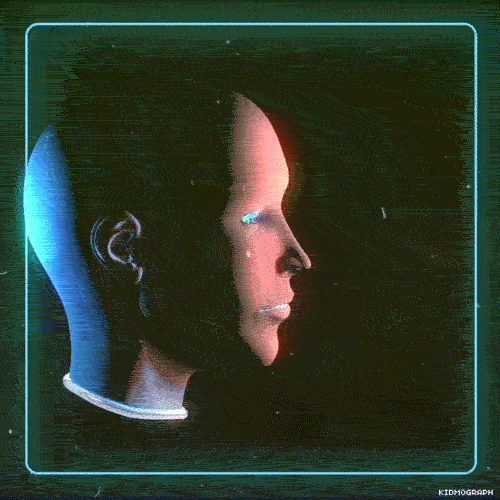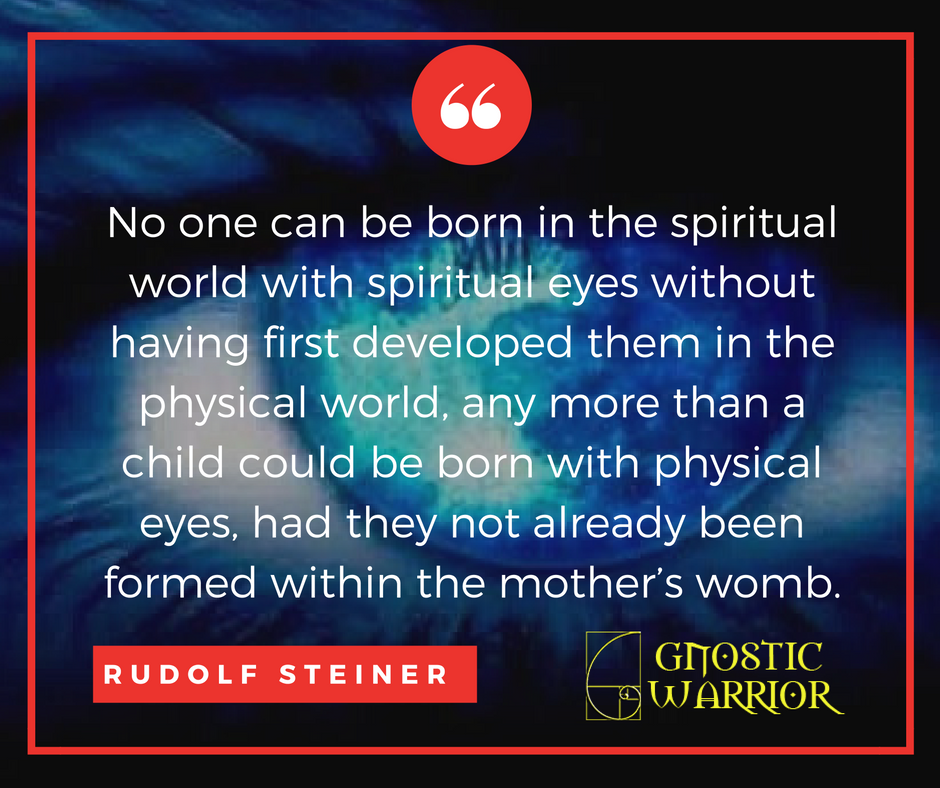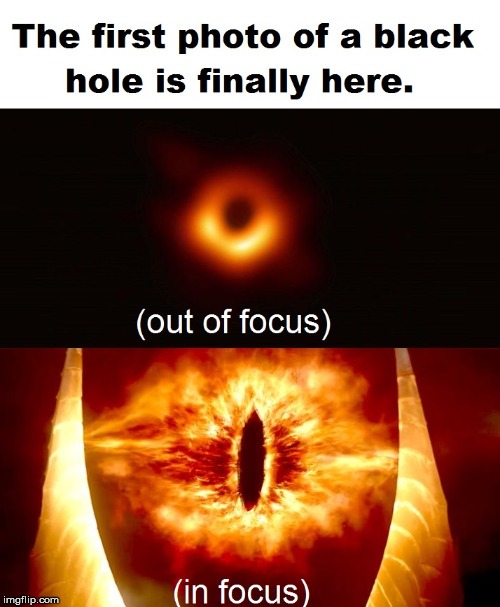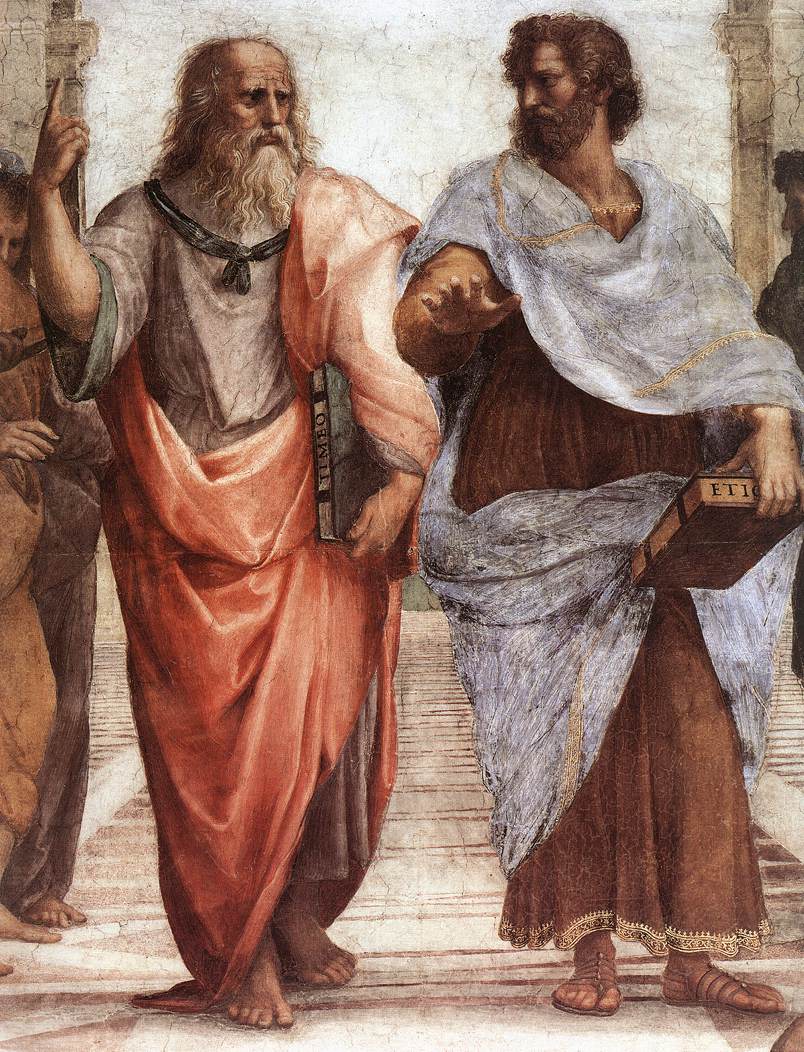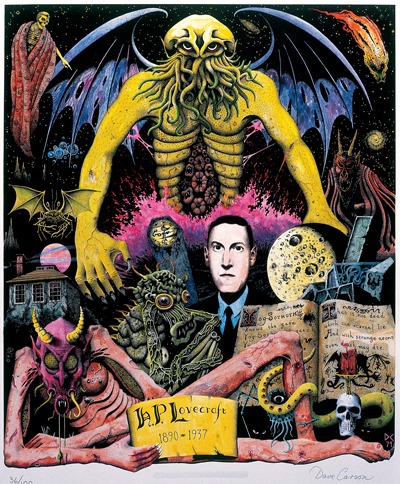But to return to the question of teratology. Wierus tells, in his De Praestigiis Demonum, of a child born of a woman who not long before its birth was threatened by her husband, he saying that she had the devil in her and that he would kill him. The mother’s fright was such that her offspring appeared “well-shaped from the middle downward, but upward spotted with blackened red spots, with eyes in his forehead, a mouth like a Satyr, ears like a dog, and bended horns on its head like a goat.” In a demonological work by Peramatus, there is a story of a monster born at St. Lawrence, in the West Indies, in the year 1573, the genuineness of which is certified to by the Duke of Medina-Sidonia. The child, “besides the horrible deformity of its mouth, ears, and nose, had two horns on the head, like those of young goats, long hair on his body, a fleshy girdle about his middle, double, from whence hung a piece
Page 400
of flesh like a purse, and a bell of flesh in his left hand like those the Indians use when they dance, white boots of flesh on his legs, doubled down. In brief, the whole shape was horrid and diabolical, and conceived to proceed from some fright the mother had taken from the antic dances of the Indians.” Dr. Fisher rejects all such instances as unauthenticated and fabulous.
But we will not weary the reader with further selections from the multitude of teratological cases to be found recorded in the works of standard authors; the above suffice to show that there is reason to attribute these aberrations of physiological type to the mutual reaction of the maternal mind and the universal ether upon each other. Lest some should question the authority of Van Helmont, as a man of science, we will refer them to the work of Fournie, the well-known physiologist, where (at page 717) the following estimate of his character will be found: “Van Helmont was a highly distinguished chemist; he had particularly studied aeriform fluids, and gave them the name of gaz; at the same time he pushed his piety to mysticism, abandoning himself exclusively to a contemplation of the divinit Van Helmont is distinguished above all his predecessors by connecting the principle of life, directly and in some sort experimentally, as he tells us, with the most minute movements of the body. It is the incessant action of this entity, in no way associated by him with the material elements, but forming a distinct individuality, that we cannot understand. Nevertheless, it is upon this entity that a famous school has laid its principal foundation.”
Van Helmont’s “principle of life,” or archaeus, is neither more nor less than the astral light of all the kabalists, and the universal ether of modern science. If the more unimportant signatures of the foetus are not due to the imagination of the mother, to what other cause would Magendie attribute the formation of horny scales, the horns of goats and the hairy coats of animals, which we have seen in the above instances marking monstrous progeny? Surely there were no latent germs of these distinguishing features of the animal kingdom capable of being developed under a sudden impulse of the maternal fancy. In short, the only possible explanation is the one offered by the adepts in the occult sciences.
Before leaving the subject, we wish to say a few words more respecting the cases where the head, arm, and hand were instantly dissolved, though it was evident that in each instance the entire body of the child had been perfectly formed. Of what is a child’s body composed at its birth? The chemists will tell us that it comprises a dozen pounds of solidified gas, and a few ounces of ashy residuum, some water, oxygen,
Page 401
hydrogen, nitrogen, carbonic acid, a little lime, magnesia, phosphorus, and a few other minerals; that is all! Whence came they? How were they gathered together? How were these particles which Mr. Proctor tells us are drawn in from “the depths of space surrounding us on all sides,” formed and fashioned into the human being? We have seen that it is useless to ask the dominant school of which Magendie is an illustrious representative; for he confesses that they know nothing of the nutrition, digestion, or circulation of the foetus; and physiology teaches us that while the ovule is enclosed in the Graafian vesicle it participates — forms an integral part of the general structure of the mother. Upon the rupture of the vesicle, it becomes almost as independent of her for what is to build up the body of the future being as the germ in a bird’s egg after the mother has dropped it in the nest. There certainly is very little in the demonstrated facts of science to contradict the idea that the relation of the embryonic child to the mother is much different from that of the tenant to the house, upon whose shelter he depends for health, warmth, and comfort.

Moe is the founder of GnosticWarrior.com. He is a father, husband, author, martial arts black belt, and an expert in Gnosticism, the occult, and esotericism.


